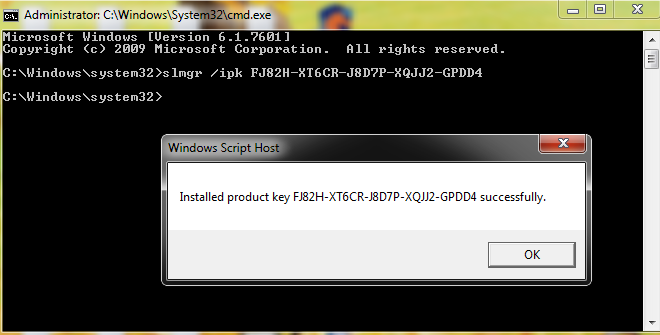

The productivity- and management-related features are also attractive with Windows 10 Professional. These can be employed to create reference images through Windows Imaging or as a full deployment platform via a domain controller and server. The Professional version provides a number of features ranging from easy migration capability to increased security.ĭeployment, upgradation, and migration are really easy and can be executed using the Windows 10 Microsoft Deployment Toolkit (MDT), or Assessment and Deployment Toolkit (ADK). Windows 10 Professional is an excellent solution for small businesses that are looking to upgrade their existing operating system platform to one with leading-edge features. Let’s take a deep dive and tear down your choices. So which should you choose? We have looked at this issue before, but some questions may remain. Both versions are popular, and both have a lot of features in common in terms of productivity and user experience, security, and core features. When it’s time to move to Windows 10, organizations have two realistic choices: Windows 10 Professional or Windows 10 Enterprise. (This is not the case if you are running XP, unfortunately.) For you OS-upgrade slackers, consider this: Migrating to Windows 10 from Window 7 or 8 is relatively simple and painless. So, if you’re among the majority of users who still haven’t upgraded to Windows 10, chances are you will - and shortly. Microsoft’s newest OS has swiftly reached a market share of more than 25 percent within a mere couple of years of its launch. Prime needed an upgrade, but sometimes you and your version of Windows may not, at least not immediaitely. Unlike what happened at the end of “Transformers II: The Revenge of the Fallen” when Jetfire and the Autobots realize Optimus Prime needs to upgrade using Jetfire’s parts, knowledge, and power to defeat The Fallen.


What this attests to is the fact that reliability is a key factor in customer decisions of operating systems and often overrides the need to upgrade to higher versions. Those two operating systems have a combined market share of nearly 60 percent. Perhaps your organization is still running Windows 7 or Windows 8/8.1. The 16-year-old operating system that Microsoft stopped supporting a year ago still maintains a market share of nearly 10 percent. Are you still one of the XP holdouts? You’re not alone.


 0 kommentar(er)
0 kommentar(er)
